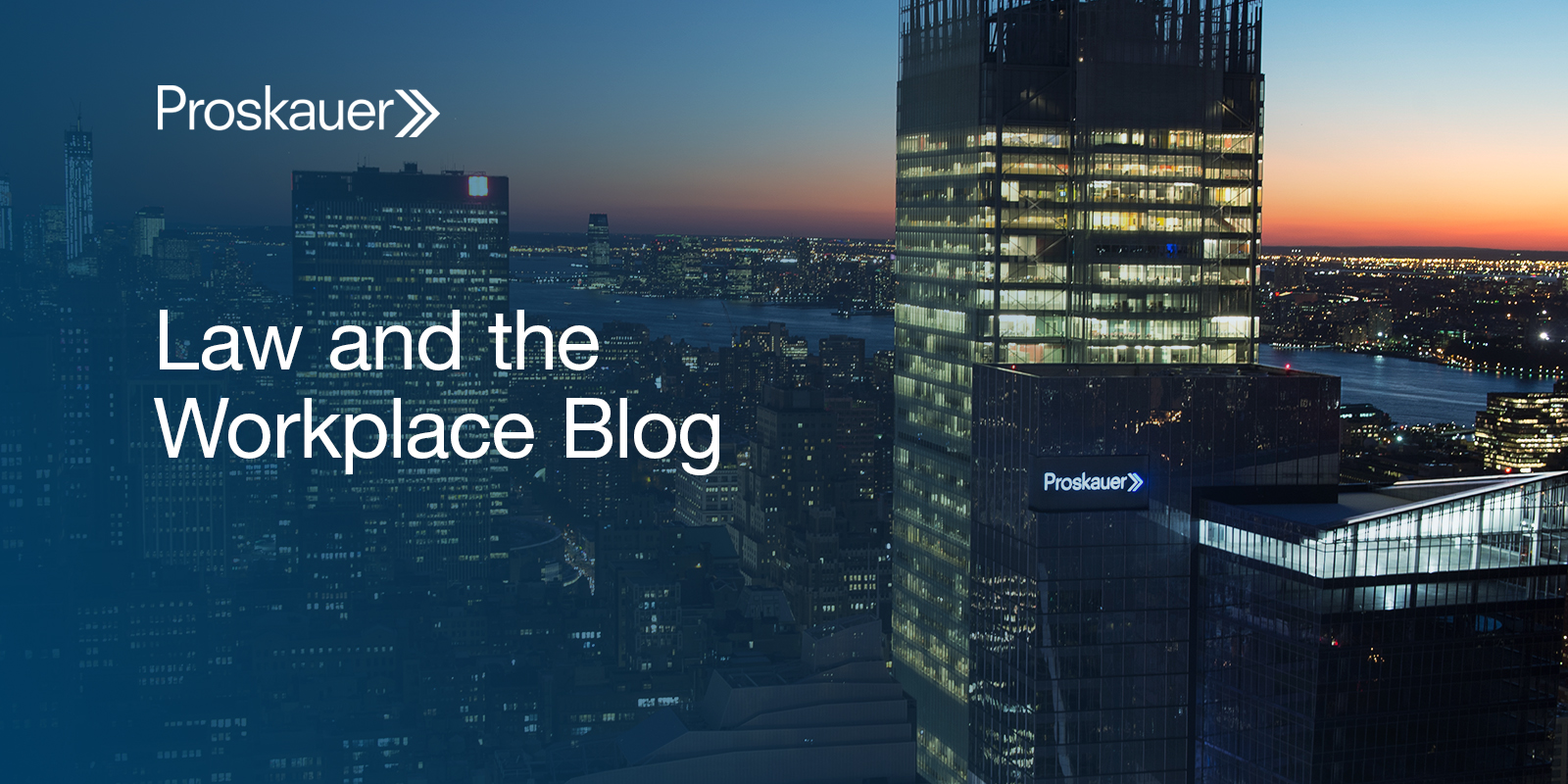Necessity Is the Mother of Invention – But New York Law Says Employers Better Not Take the Credit
On September 15, 2023, New York Governor Kathy Hochul signed a law that made dramatic changes to the enforceability of invention assignment provisions in employment agreements and likely in related agreements including offer letters and Confidentiality, Information and Invention Assignment Agreements (CIIAAs). The law took effect immediately and adds New York to a growing list of states with laws placing limits on invention assignment provisions.
What Is an Invention Assignment Agreement?
An invention assignment agreement is a contract between an employer and employee that defines the rights to any inventions, or other intellectual property, created during the course of the employment relationship and any employee inventions that may pre-date employment. These agreements are important for making clear who owns what.
Generally, these agreements transfer ownership of inventions created by the employee during the course of the employment relationship to the employer; the employee effectively surrenders any right to any invention created or developed during the employment.
These agreements may be included in the employment agreement – if one exists – or may be part of standalone agreements such as (CIIAAs) where the invention assignment provision may be bundled with other restrictive covenants.
The Law
New York Senate Bill S5640 amended New York labor law by adding a new section – New York CLS Labor § 203-f – that makes some invention assignment provisions in employment agreements unenforceable. New York previously had no restrictions on invention assignment provisions before S5640 passed with bipartisan support. As a practical matter then, employers previously had discretion to require employees to assign to the Company inventions made during the course of employment, even if unrelated to the business and the performance of the job.
Not necessarily anymore. S5640 is modeled after, and is virtually identical to, California’s Labor Code Section 2870, and prohibits provisions that assign inventions to the employer if they are made on an employee’s own time and do not use the employer’s “equipment, supplies, facilities, or trade secret information.” The bill does not forbid all invention assignment provisions. The law does include exceptions for select inventions. Specifically, the law does not prohibit assignments of inventions that result from work the employee performed for the employer, or inventions that, at the time of their creation were related to the employer’s business or research and development.
Uncertainty
No court has been asked to interpret the law yet. As a result, there remains much uncertainty about how the law will be enforced. Because of this uncertainty, there are many questions with which employers should be concerned. Three such questions are of particular note.
- What is an invention? According to its sponsors, the bill was passed to protect employees. But the law attempts to do so without clarifying the true scope of what exactly is protected. The bill does not define what an “invention” is, and there are no court decisions interpreting the types of intellectual property that are covered by the law. A reading of the legislative history of the bill only further confuses the matter. In her memorandum in support of the bill, S5640’s sponsor, Senator Jessica Ramos of the 13th District, used language far broader than that of the bill. While the bill uses the word “invention,” Senator Ramos expressed in her memo the intent to provide “better [Intellectual Property] protection for employees.” Until the courts are asked to weigh in, this conflicting language makes it difficult to know how broad these protections truly are.
- What is employer time? Because the dynamics of work have changed dramatically in the post-COVID world, there may be difficulty ascertaining what inventions were created on company time, and are therefore covered by the law. The line between what is and is not employer time has become blurred. As we have previously covered, calculating the hours an employee spends working from home can prove challenging. This difficulty identifying when company time ends, and personal time begins, will make it challenging to assess whether specific employee inventions are covered by the law.
- What are employer resources? Much like employer time, hybrid work arrangements have muddied the waters of what constitutes employer resources. A computer provided for work purposes by an employer would seem to clearly be a company resource. But what about situations where a company provides an employee with a computer, but permits the computer to be used for personal matters? At least one court interpreting the California statute believed this was still obviously a company resource. But this decision pre-dates the COVID-19 pandemic and the changes to the nature of work precipitated by it. These everchanging dynamics make it difficult to predict how post-COVID courts will rule on the issue.
Key Takeaways
While there remains much uncertainty about this law, there is no question that this would mark a change for employers with workers in New York. Employers will need to review any agreements or policies containing invention assignment provisions, and consult counsel to discuss necessary steps in light of this law. As this law continues to evolve, we will continue monitoring developments, and provide updates as new information becomes available.
*Wolfram Ott is a law clerk in the firm’s New York office.






